Reporter: How do you evaluate the impact of cadmium and yellow mold on durian exports today?
Mr. Nguyen Van Muoi: The impact is very clear and serious. In the first quarter of 2025, Vietnam's durian exports decreased by 61% in volume and 69% in value compared to the same period.
China is the largest market that is inspecting 100% of cadmium and amber shipments, while our control system still has many shortcomings from production to export.
.jpg)
Not only were many shipments held up due to lengthy inspections, but the returned goods also caused great damage, causing domestic durian prices to plummet, forcing many gardeners to retail at low prices.
Reporter: While we are still confused, Thailand handled the situation very quickly. In your opinion, what have they done to effectively resolve this issue?
Mr. Nguyen Van Muoi: Thailand is very methodical, with two layers of control. Farmers must test their products in the garden before selling. Enterprises then re-test them before exporting. Thanks to that, when they reach the border gate, the products have been carefully inspected.
.jpg)
Last week, Thailand exported 500 containers, only 2 containers were found to have exceeded the chemical level at a very low rate, showing a responsible and synchronous way of working.
Reporter: In your opinion, what is the solution to the current chemical residue situation?
Mr. Nguyen Van Muoi: First of all, we must clearly define the responsibility of the producer. Currently, farmers hardly test their soil, water or products, rarely research carefully about fertilizers and pesticides containing cadmium and yellow mold, and use them arbitrarily.

When an incident occurs, the cause cannot be traced. While testing is very simple, the cost is only 120,000 - 200,000 VND/component. We need to require growers to test their products before harvest; if they fail, they cannot be sold.
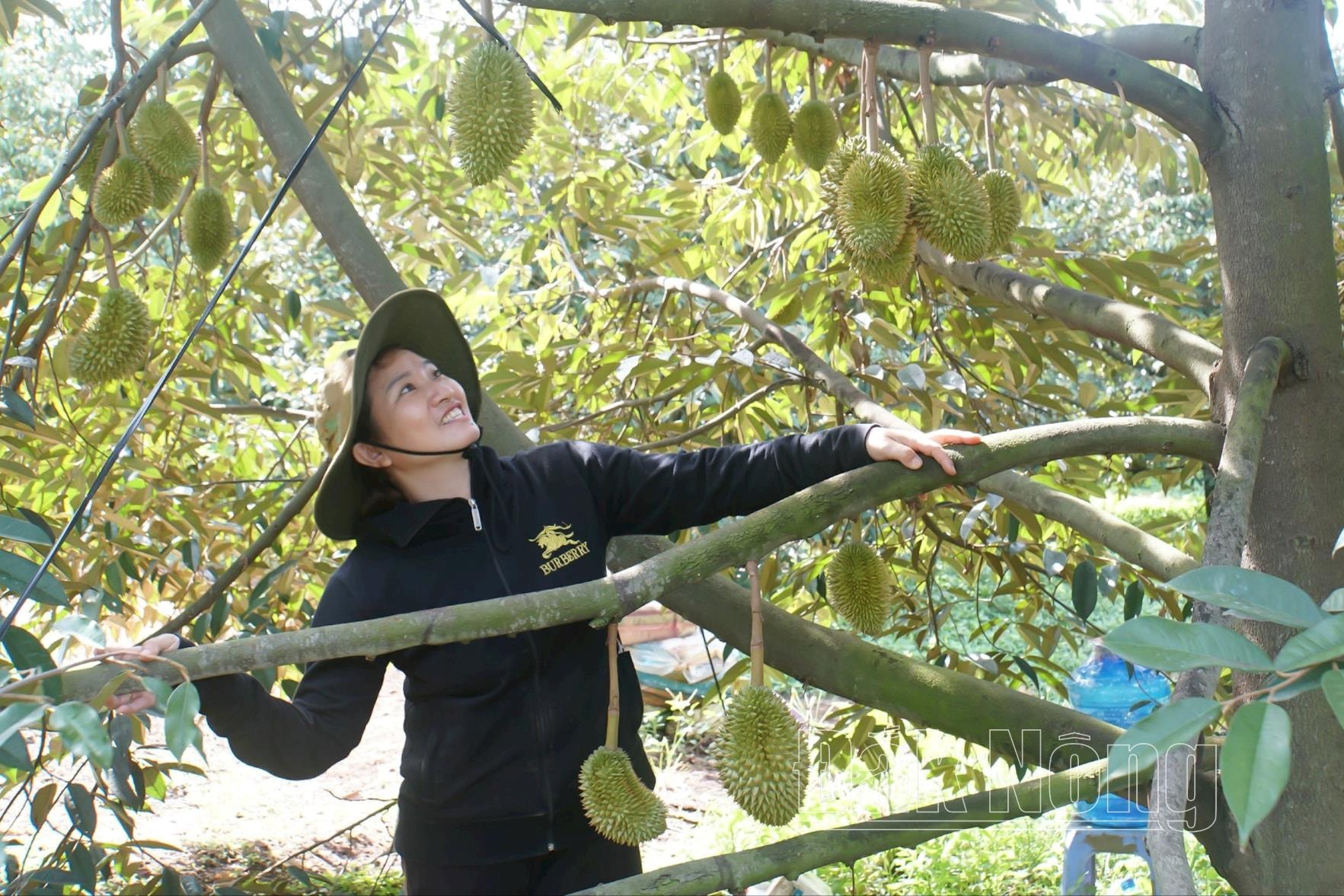
When purchasing, businesses must also request a certificate of inspection. This certificate must accompany the entire shipment, ensuring origin and quality.
The Ministry of Agriculture and Environment needs to coordinate with the Ministry of Science and Technology to soon issue national standards on durian quality so that localities have a basis for management and supervision.
Reporter: What is the fundamental solution for the durian industry to develop sustainably, sir?
Mr. Nguyen Van Muoi: To have sustainable exports, there must be a legal framework and quality control from the source. The State needs to improve legal regulations on durian production and trading.

Growers must take ultimate responsibility for the product. Businesses need to cooperate with farmers, they cannot buy and sell outright. The government also needs a mechanism to support businesses in investing in more testing equipment, especially in raw material areas.
This is a billion-dollar export industry, and a quality control system is indispensable. Only when each link does its part well can the durian industry develop sustainably.
Reporter: What suggestions do you have for Dak Nong and the Central Highlands to soon stabilize production and export?
Mr. Nguyen Van Muoi: The West has harvested half of the crop, the East has just started, the Central Highlands still has time to adjust. It is necessary to review the production process and post-harvest preservation for timely handling.
This is not only for this year's crop but also helps to transition to safe production, applying science and technology.

Farmers must comply with procedures, periodically test soil and water, and strictly control agricultural materials, especially fertilizers and pesticides containing cadmium and alkyl chloride.
Prioritize the use of organic and biological fertilizers and reduce inorganic fertilizers. These are not complicated but require growers to change their awareness to be effective.
Cadmium is a toxic heavy metal, often found in polluted soil and water, causing kidney and bone damage and is a group 1 carcinogen. Ammonium hydroxide is a bright yellow industrial dye, banned from use in food. Both substances are very dangerous if they enter the body through food.
Source: https://baodaknong.vn/sau-rieng-mat-thi-truong-neu-cham-xu-ly-vang-o-cadimi-252587.html


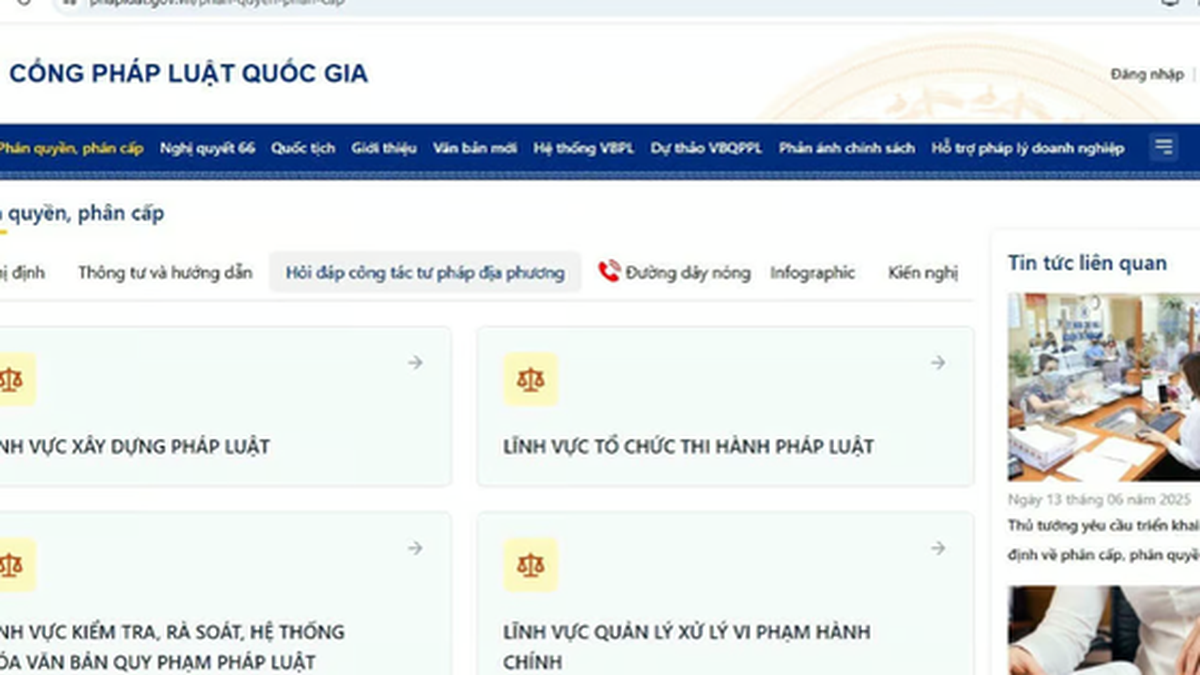

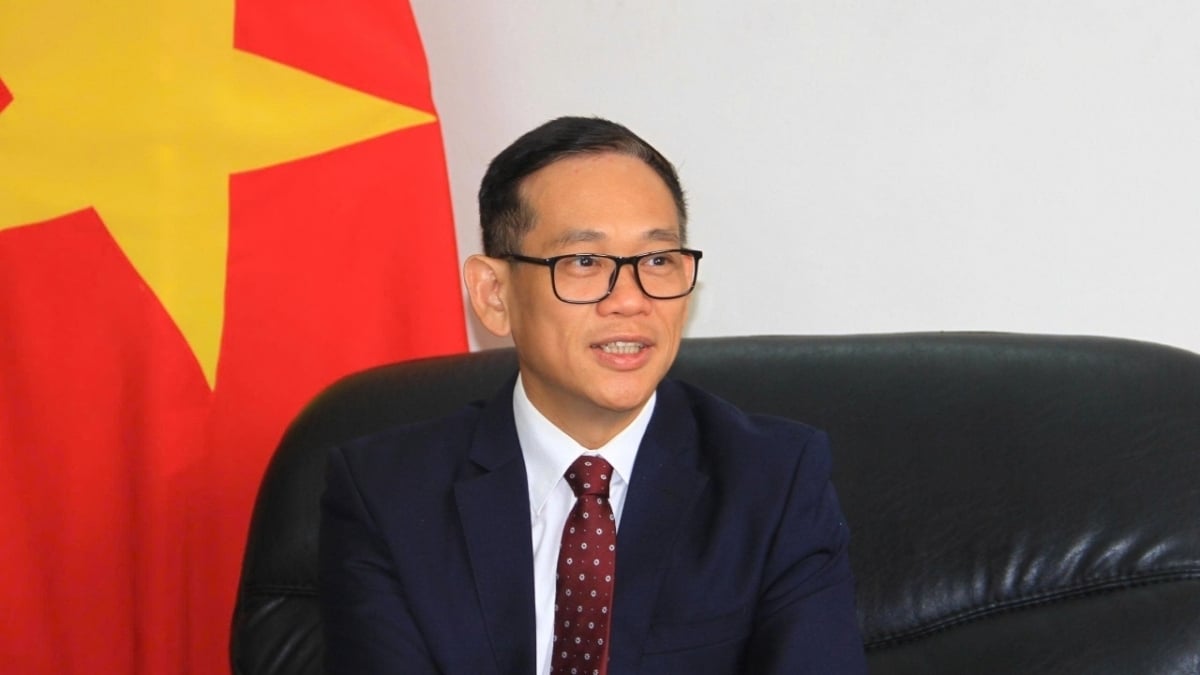

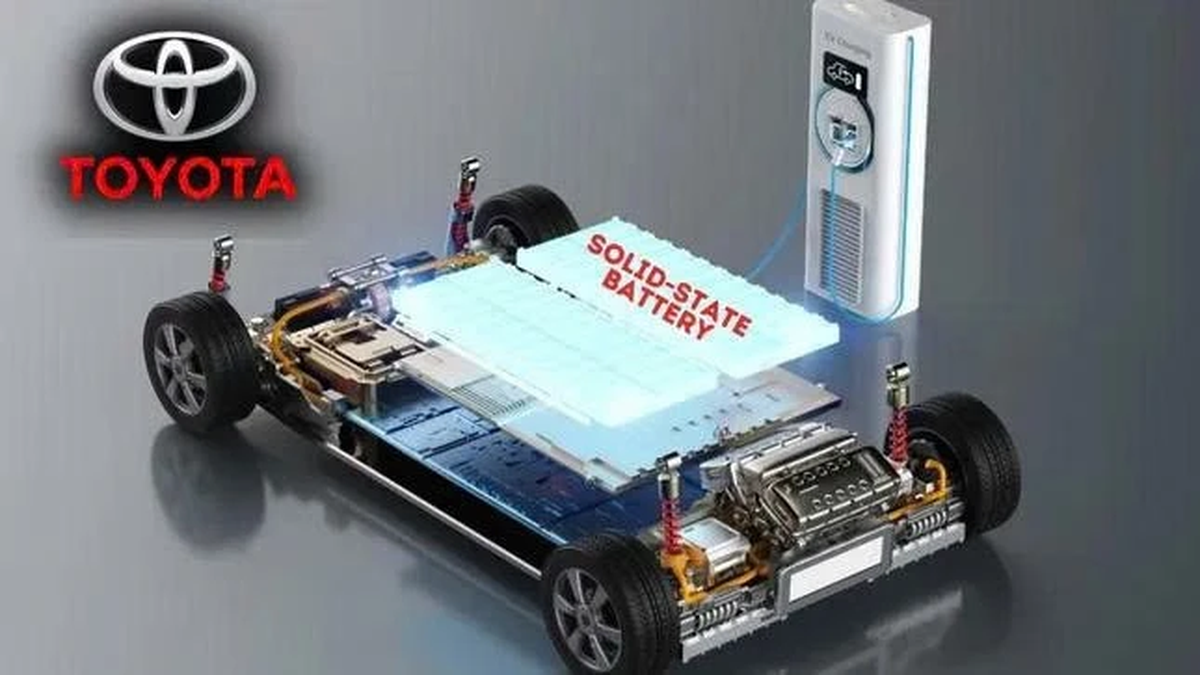
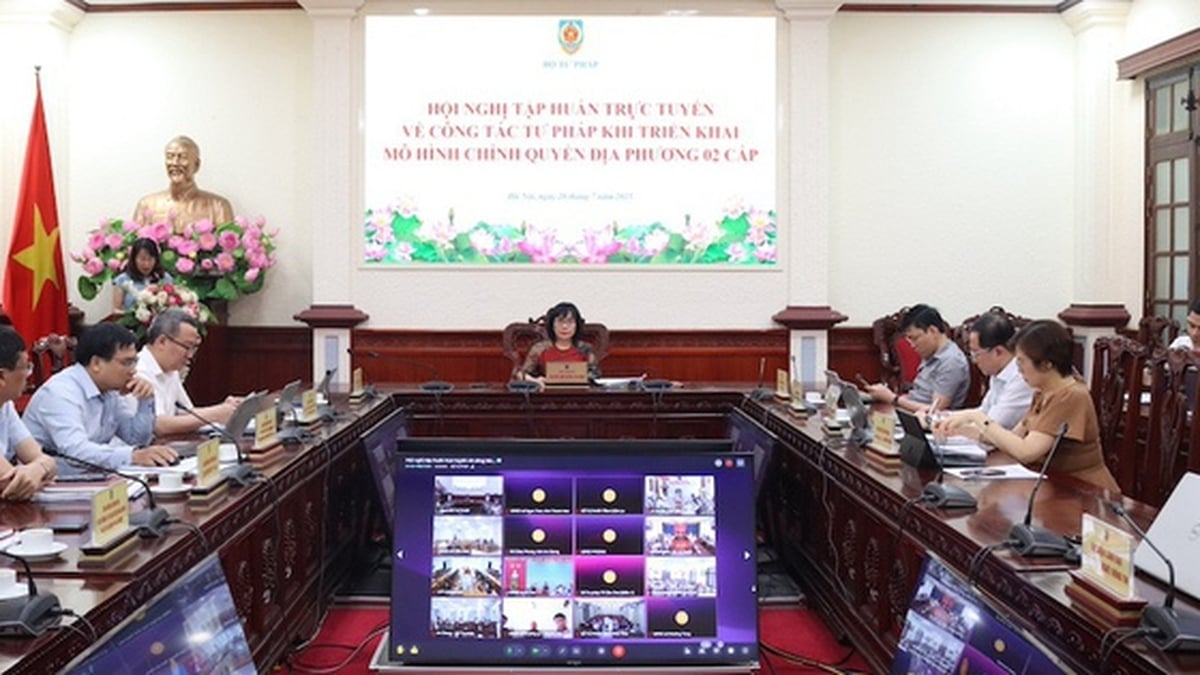

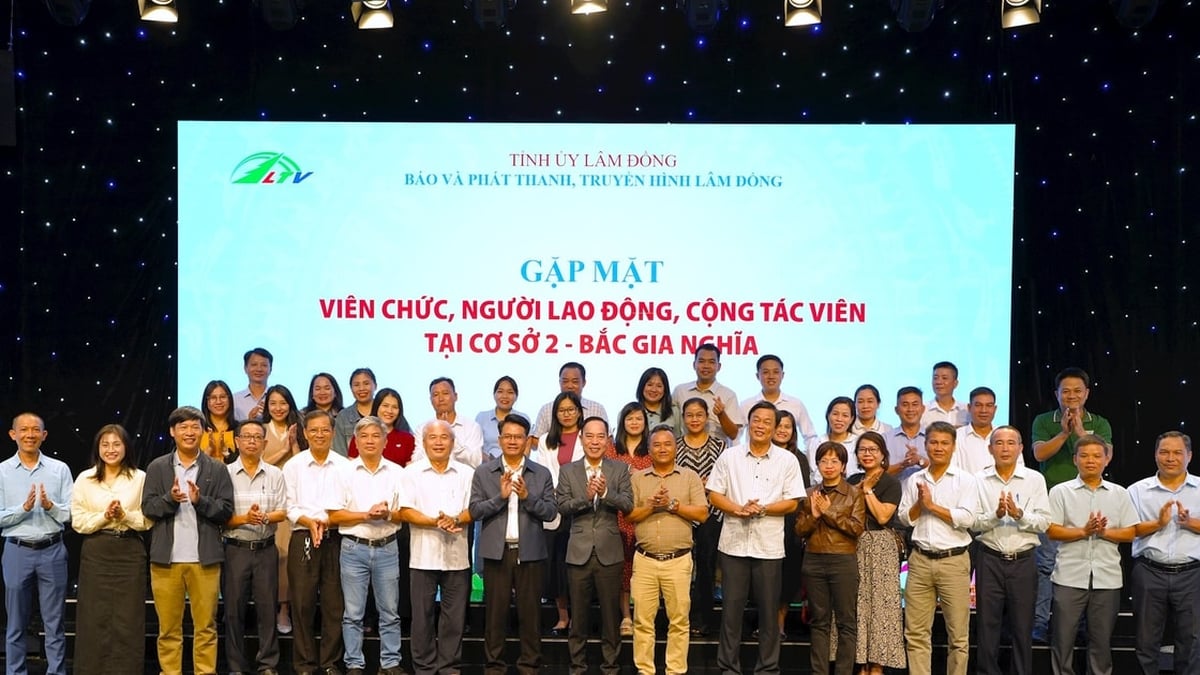
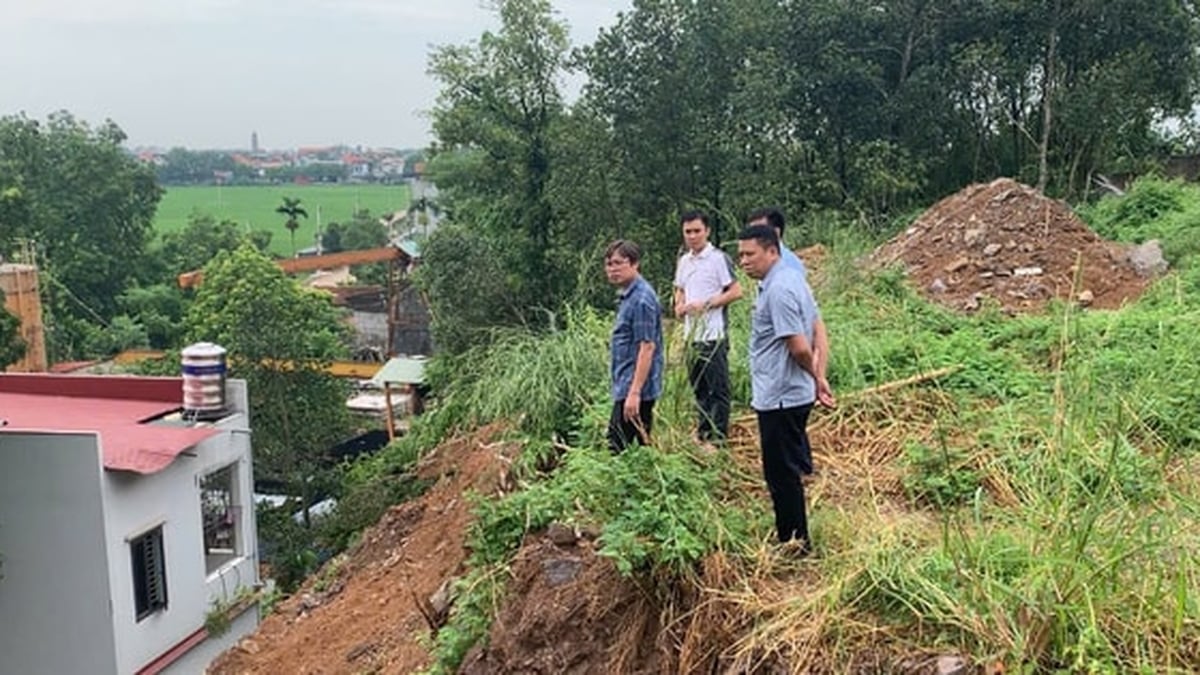




















![[Photo] National Assembly Chairman Tran Thanh Man visits Vietnamese Heroic Mother Ta Thi Tran](https://vphoto.vietnam.vn/thumb/1200x675/vietnam/resource/IMAGE/2025/7/20/765c0bd057dd44ad83ab89fe0255b783)
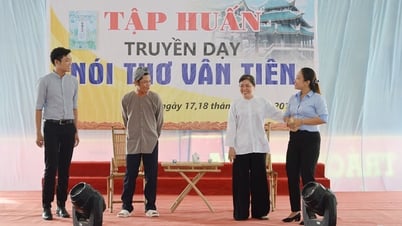



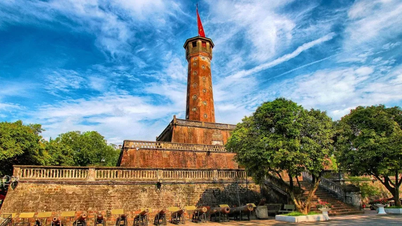























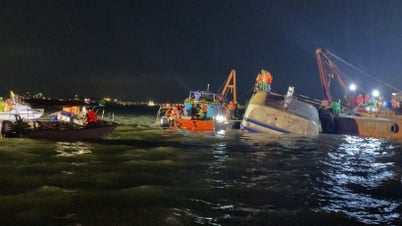

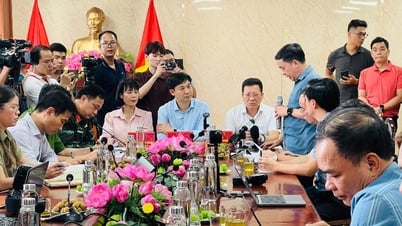
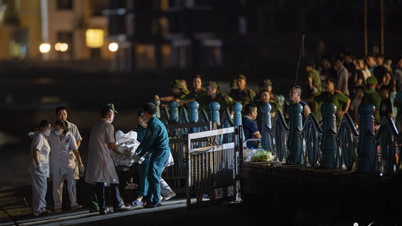
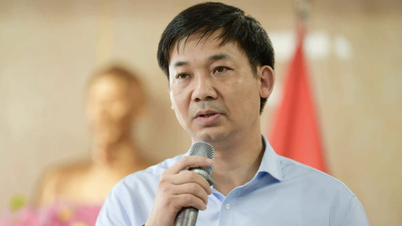
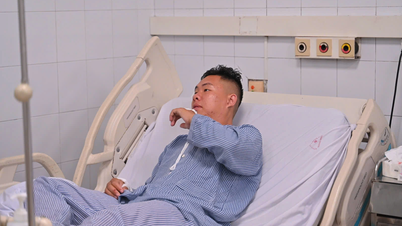





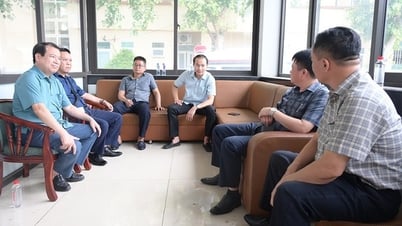


























Comment (0)